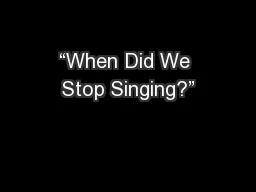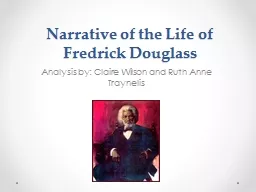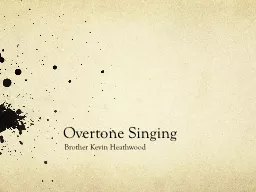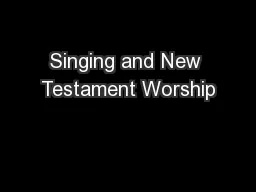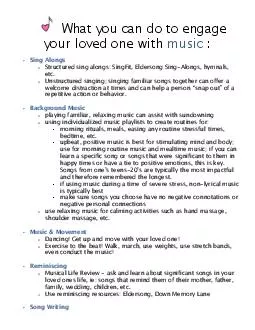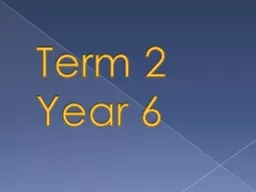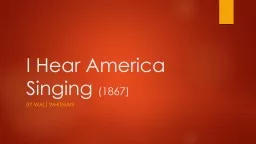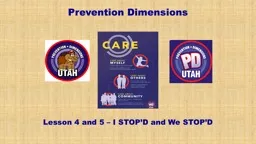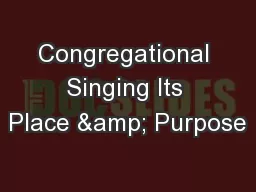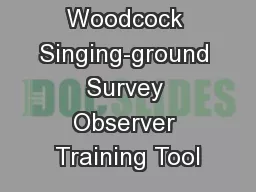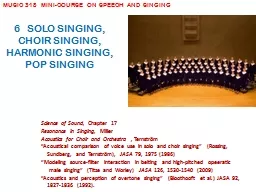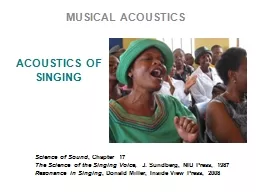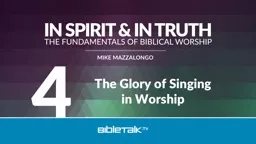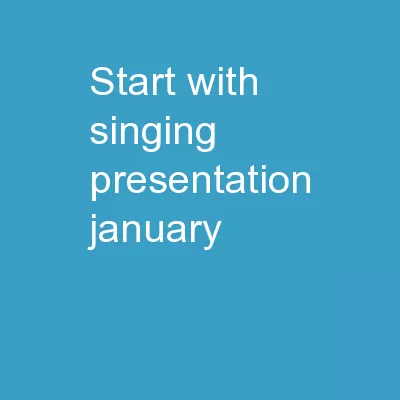PPT-“When Did We Stop Singing?”
Author : conchita-marotz | Published Date : 2017-09-02
Vocal Improvisation and Circle Singing as a metaphor and tool for community building Deb Hensley wwwimprovoxcom wwwwhendidwestopsingingcom When did you stop singing
Presentation Embed Code
Download Presentation
Download Presentation The PPT/PDF document "“When Did We Stop Singing?”" is the property of its rightful owner. Permission is granted to download and print the materials on this website for personal, non-commercial use only, and to display it on your personal computer provided you do not modify the materials and that you retain all copyright notices contained in the materials. By downloading content from our website, you accept the terms of this agreement.
“When Did We Stop Singing?”: Transcript
Download Rules Of Document
"“When Did We Stop Singing?”"The content belongs to its owner. You may download and print it for personal use, without modification, and keep all copyright notices. By downloading, you agree to these terms.
Related Documents

